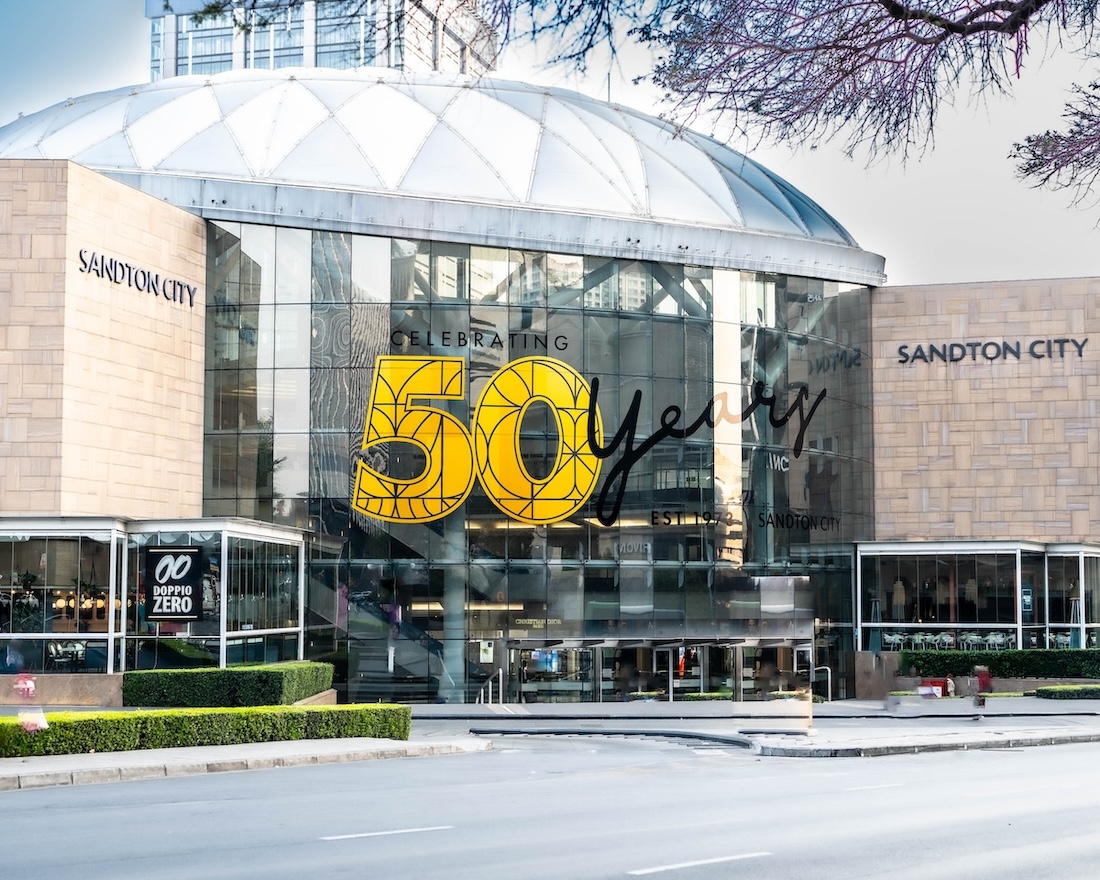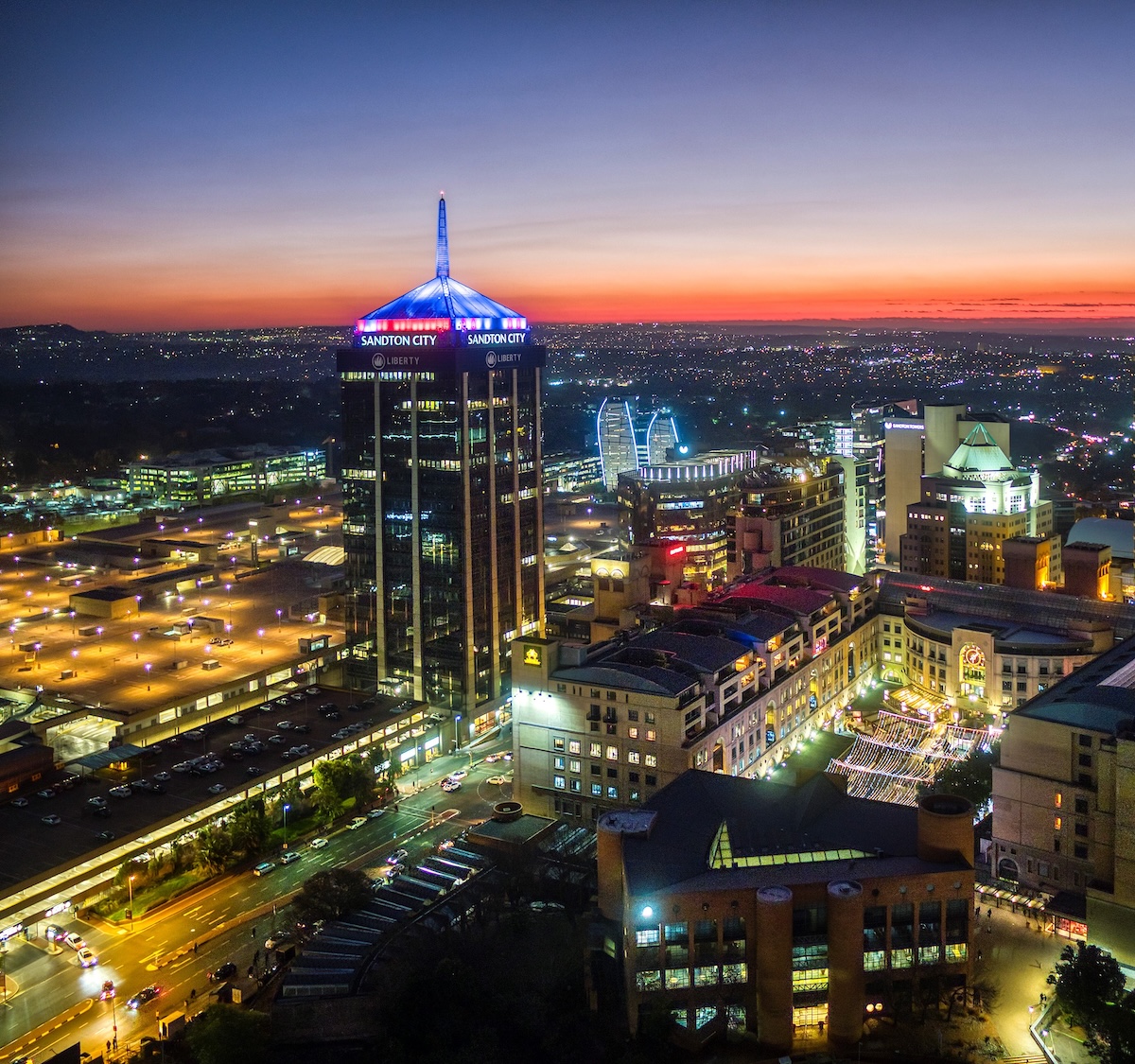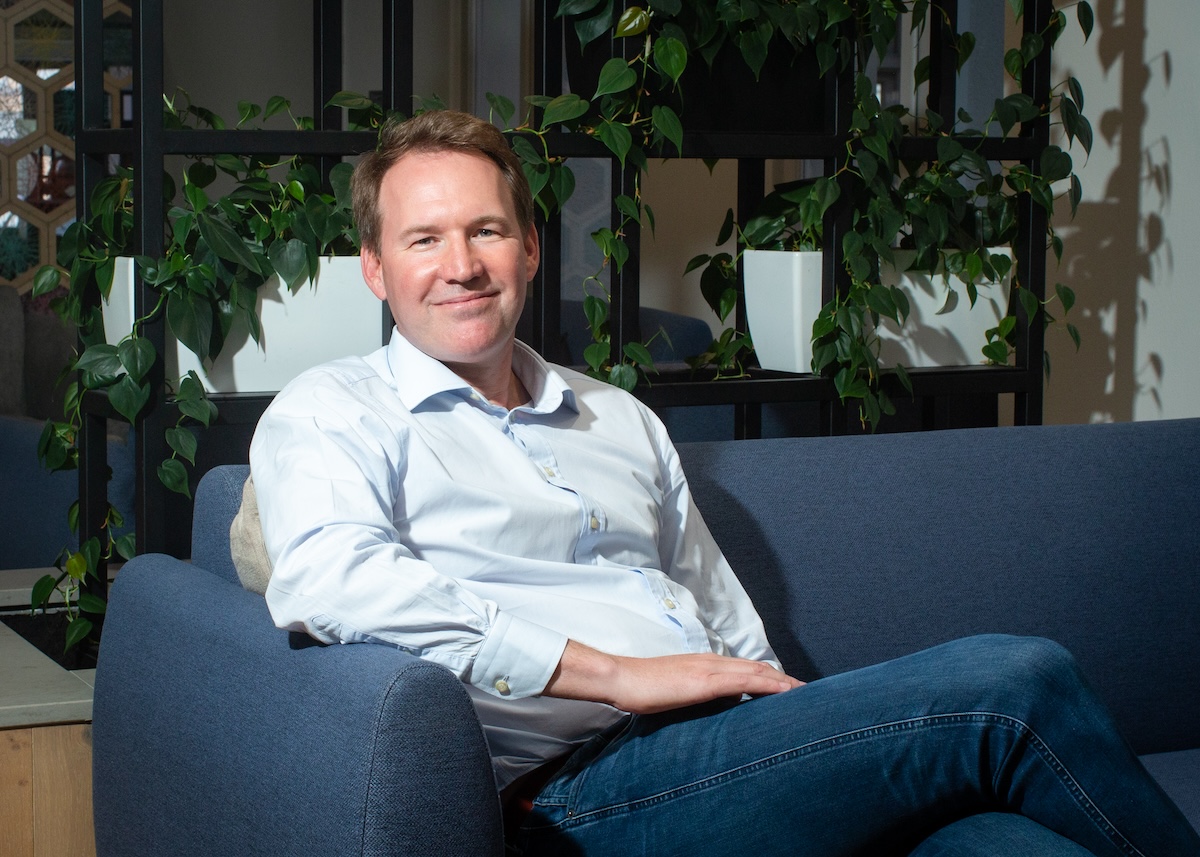The future of retail: How malls are transforming

By Jonathan Sinden, Chief Operations Officer at Liberty Two Degrees
The run-on-the-mill mall no longer serves the rapidly evolving shopper and tenant demands due to the fact that retail environments offer so much more. Malls have traditionally served as the core of retail and social interactions, providing a one-stop destination for dining, shopping, and entertainment. However, since the retail industry has rapidly evolved due to the rise of e-commerce and changing consumer preferences, malls too must adapt to create spaces that continue to appeal to shoppers. In fact, to remain relevant in the twenty-first century, malls need to be flexible and continuously able to adapt. Sandton City is a case in point to this, given it has reached its 50th anniversary this year, and continues to stand as one of Africa’s premium shopping destinations five decades later.
From a shopping centre: to an experiential destination
Consumer needs have changed from generation to generation. Millennials and Gen Z want more than just products, shopping, and dining at the mall; they also want unique experiences.
As we have seen, several malls have now started to incorporate experiential elements for their customers, like interactive displays, pop-up stores and showrooms all of which allow consumers to interact with products in innovative ways. However, what will set these malls apart from one another will be how well, and quickly, they adopt these latest interactive trends. Yes, most malls today incorporate entertainment zones, in addition to traditional cinemas and arcade offerings, to include spaces for markets, but we are also seeing the rise of aspects like indoor theme parks and concerts to lure in more visitors – and create a one stop experience worth visiting.
Take Sandton City, as an example. It opened its doors on the 12th of September in 1973, with just 120 stores, spanning across 50 000m². Five decades later the mall covers an area of 146 802m², with approximately 385 stores – but it also offers an abundance of leisure experiences and smart business spaces. It may have started out as a traditional shopping mall, but today it is an experienced filled destination. What’s more, in celebration of its 50th anniversary, Sandton City hosted an array of retail festivities with live entertainment by some of the country’s top artists. These are the kind of experiences and memories that keep shoppers coming back for more.

Embracing technology
However, one could argue that a key factor in the transition of malls is technology. Technology is not only being leveraged to enhance consumers’ shopping experience, improve business processes, but as a means of closing the gap between online and in-store retail. Smart parking systems, mobile apps navigating the mall or finding in-store deals are all part of this technological impact – as well as augmented reality shopping experiences are being introduced which make experiences at the mall more convenient and engaging.
Sandton City itself took this challenge head-on and teamed up with APPTO (an ecommerce last mile delivery service provider), which offers e-commerce and delivery fulfillment solutions for the mall’s retail outlets, restaurants, and even its other stores like pharmacies, groceries, liquor, and hardware. While this type of technology adoption was facilitated by the need to respond to the restrictions imposed by the COVID-19 pandemic, it has continued due to its success for everyday shoppers who want to have both a real and virtual experience.
Omnichannel marketing complements the physical store marketing initiatives in a great way, reaching a greater number of customers and serving as a great experiential offering. Online competitions, informing shoppers of mall trading times, and notifications of events at the malls are all an opportunity to keep customers engaged and connected to the mall even if they aren’t physically present in the centre. This gives customers something to look forward to the next time they visit the mall.
Influencer marketing
Influencer marketing has huge benefits for retail, where influencers are able to connect to their customers, influencing them to potentially be a mall's customers through product and venue marketing. This serves as a softer approach and is more authentic to the customer, as influencers already have their own followers whom they are connected to, who trust their recommendations and can relate to them. There's clearly a great opportunity for malls to partner with influencers and particularly connect with Gen Z or Millennial audiences.

Mixed-use development
The shop and dine only experience offered in the traditional shopping sense has certainly changed. Malls have become more precinct focused, linking offices, hotels, large scale conference facilities and other offerings to the shopping experience. The customer experience offering in the mall environment certainly continues to transform.
The concept of work and leisure being so close to each other is a convenience for people and given the appeal of malls as part of business travel destinations, it has become a strong fit. In fact, mixed-use mall developments go a long way in not only maximising utilities but attracting a broader audience.
Since 1973, Sandton City actually stood as the first fully enclosed mall in South Africa incorporating a 20-floor office tower. The Office Tower became the first decentralised high-rise building in Johannesburg and continues to attract high-profile tenants up to this day. In 2010, the Sandton City precinct also earned its international fame as Sandton Sun Hotel became a FIFA-accredited hotel during the 2010 FIFA World Cup which took place in South Africa. The Sandton Convention Centre held South Africa's first BRICS Summit in August 2023, which saw international delegates attend the event. This no doubt drew a lot of feet to the mall during that time. The mixed-use element plays a major role in the experiential offering of the mall and what the future mall should look like.
Sustainability and green initiatives
Embracing environmentally sustainable practices not only protects the environment but ensures that malls run more efficiently operationally. A Net-Zero strategy for malls enables the implementation of commercially viable recycling solutions, a reduction in water consumption and energy efficient solutions such as solar PV installations all to reduce the mall carbon footprint.
Liberty Two Degrees’ entire retail portfolio has been certified by the Green Building Council of South Africa (GBSA), and Sandton City was awarded a 6-star rating based on the mall's efforts in reducing carbon footprints through various recycling initiatives and smart alternative energy measures in place. Smart water meters are used extensively to measure the mall’s water consumption and detect leaks – saving 17 million litres of water in the past year across the portfolio.
SAFE Spaces
Malls aim to have shoppers visiting more often, staying longer periods, spending their share of the wallet, having memorable experiences while feeling safe. Safety and security are the second most important concern among shoppers, so it’s vital that malls take the issue of safety seriously.
The way malls have changed reflects how the retail industry and consumer tastes have evolved. Shopping malls are transitioning from being purely retail destinations to multipurpose centres and destinations. The sooner malls embrace technology, mixed-use development, and sustainability, the better positioned they will be to survive, and successfully thrive in a world that expects and demands more.

Jonathan’s experience spans 25 years in the property industry, with an excellent track record as Development Manager at Liberty Properties, Group Five and Absa prior to joining STANLIB as an Asset Manager in 2013. In 2016, Jonathan was appointed Asset Management Executive at Liberty Two Degrees (L2D) to manage Sandton City and Nelson Mandela Square, which today are arguably South Africa’s most prestigious and iconic assets.
ENJOY THE 12TH EDITION OF TOP 500


.svg)











